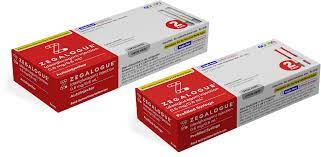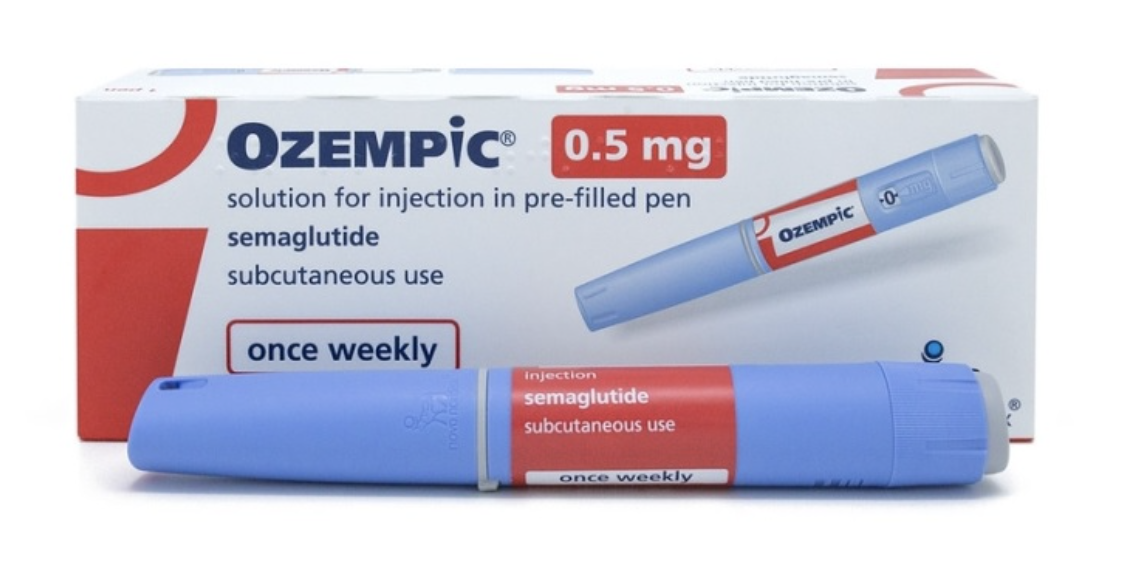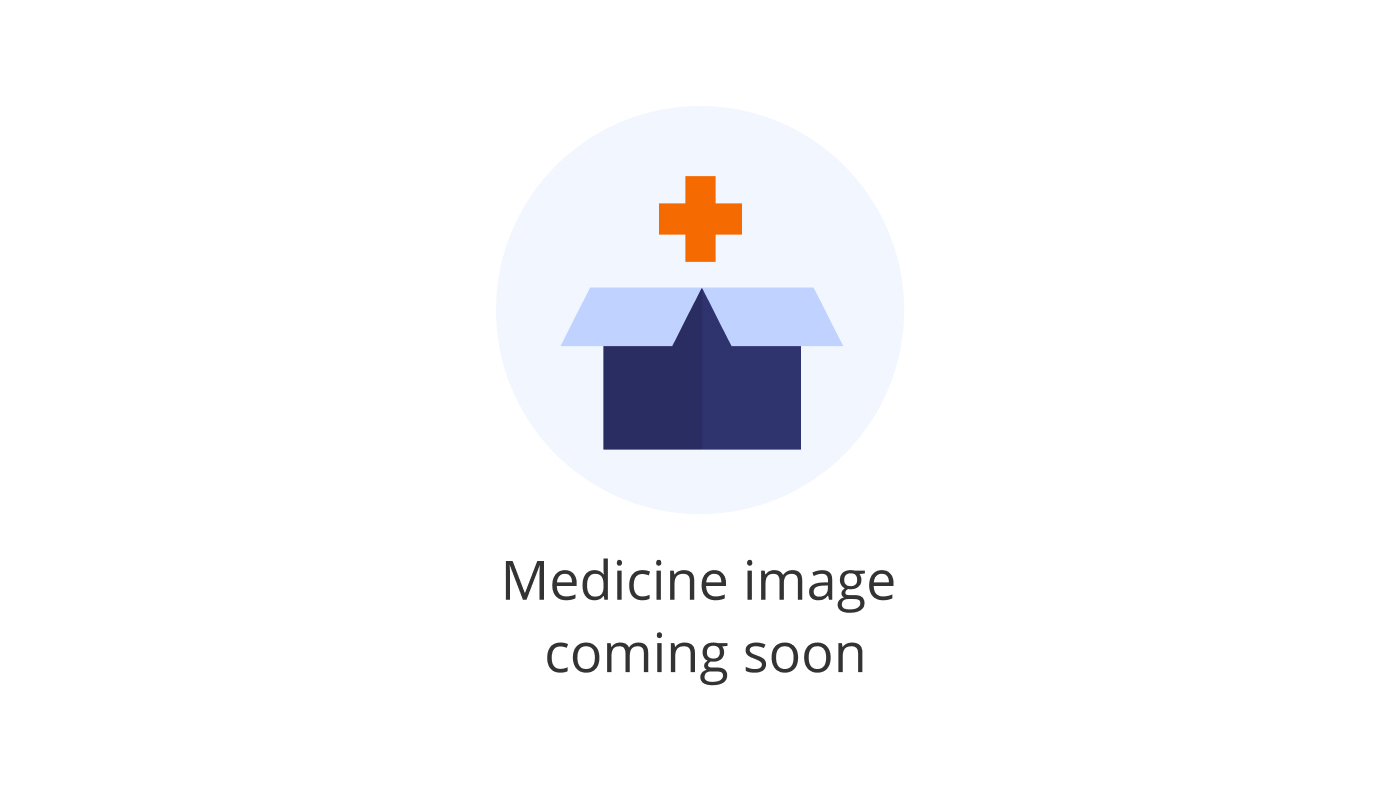New Diabetes treatments 2024
New Diabetes Treatments 2024
Diabetes is a chronic medical condition characterized by elevated levels of glucose in the blood, which can lead to serious health complications if not managed properly. There are two main types of diabetes: Type 1, which is typically diagnosed in children and young adults and occurs when the body does not produce insulin, and Type 2, which is more common and occurs when the body does not use insulin properly or does not produce enough insulin. Insulin is a hormone that regulates blood sugar levels, and without effective management of insulin, individuals with diabetes can experience damage to various body systems, particularly the nerves and blood vessels. Diabetes management requires careful monitoring of blood sugar levels, as well as lifestyle changes such as diet and exercise. In some cases, medication or insulin therapy is also necessary to control blood glucose levels.
When researching treatment options for diabetes, it is important to consider the type of diabetes, the individual's specific health needs, and how the body responds to different medications. Oral medications, such as metformin, sulfonylureas, and DPP-4 inhibitors, are often used in the treatment of Type 2 diabetes to improve insulin sensitivity or increase insulin secretion. For individuals with Type 1 diabetes, insulin therapy is essential and can be administered through injections or an insulin pump. Additionally, newer classes of medications, such as GLP-1 receptor agonists and SGLT2 inhibitors, have been developed to provide more options for blood sugar control. It is crucial to consult with a healthcare provider to determine the most appropriate medication regimen, as they can assess the benefits and potential side effects of each treatment option.

Treatment options
| Treatment option | Estimated cost | Efficacy | Eligibility |
|---|---|---|---|
| Metformin | $0 - $80 | Highly effective for type 2 diabetes | Adults with type 2 diabetes |
| Sulfonylureas | $10 - $100 | Effective for type 2 diabetes | Adults with type 2 diabetes |
| Insulin therapy | $100 - $300 | Essential for type 1, varies for type 2 | Individuals with type 1 or type 2 diabetes |
| Ozempic (Semaglutide) | $750 - $900 | Highly effective for type 2 diabetes | Adults with type 2 diabetes |
| Zegalogue (Dasiglucagon) | $280 - $350 | Effective for severe hypoglycemia | Individuals with diabetes at risk of severe hypoglycemia |
| DPP-4 inhibitors | $300 - $500 | Effective for type 2 diabetes | Adults with type 2 diabetes |
| GLP-1 receptor agonists | $500 - $1000 | Highly effective for type 2 diabetes | Adults with type 2 diabetes |
| SGLT2 inhibitors | $400 - $600 | Highly effective for type 2 diabetes | Adults with type 2 diabetes |
| Experimental stem cell therapy | Varies widely | Potentially curative but still experimental | Currently in clinical trials |
| Off-label use of Metreleptin | $1000 - $2000 | Moderately effective for specific cases | Individuals with lipodystrophy |
| Off-label use of GLP-1 analogs for weight loss | $500 - $1000 | Can be effective for weight management | Non-diabetic individuals with obesity |
Treatments options in detail
Oral Medications for Type 2 Diabetes
The most common treatments for Type 2 diabetes involve oral medications that help to control blood sugar levels. The first line of treatment typically includes metformin, which works by reducing the amount of glucose produced by the liver and improving the body's sensitivity to insulin. Other oral medications include sulfonylureas (like glipizide and glyburide), which stimulate the pancreas to produce more insulin; thiazolidinediones (like pioglitazone and rosiglitazone), which increase insulin sensitivity; DPP-4 inhibitors (such as sitagliptin and saxagliptin), which help to increase insulin production and decrease glucose production; and SGLT2 inhibitors (like canagliflozin and dapagliflozin), which cause the body to excrete excess glucose through the urine.
Injectable Medications for Type 2 Diabetes
For those who require additional control beyond oral medications, injectable medications such as insulin and GLP-1 receptor agonists are available. Insulin therapy is tailored to mimic the body's natural insulin production and is often necessary for Type 1 diabetes and later stages of Type 2 diabetes. Various types of insulin are used, including rapid-acting, short-acting, intermediate-acting, and long-acting insulins, which differ in how quickly and for how long they can control blood sugar.
GLP-1 receptor agonists (like liraglutide and semaglutide) are another class of injectable medications for Type 2 diabetes. They work by increasing insulin production in response to meals and slowing down digestion, which helps to lower blood sugar levels. Semaglutide, available under the brand name Ozempic, is a once-weekly injection that has been shown to not only improve blood sugar control but also to aid in weight loss, which can be beneficial for people with Type 2 diabetes.
Insulin for Type 1 and Advanced Type 2 Diabetes
Type 1 diabetes requires lifelong insulin therapy since the body does not produce insulin on its own. Insulin is also used for Type 2 diabetes when blood sugar levels cannot be controlled with oral medications and lifestyle changes. The regimen often includes a combination of different types of insulin to manage blood sugar levels throughout the day and night.
Emergency Treatments for Severe Hypoglycemia
Severe hypoglycemia, or very low blood sugar, is a critical condition that can occur in people with diabetes, particularly if they are on insulin or certain other diabetes medications. Zegalogue (dasiglucagon) is a recently approved medication for the emergency treatment of severe hypoglycemia in people with diabetes ages 6 years and older. It comes in an autoinjector and a prefilled syringe and works by rapidly increasing blood sugar levels.
Diet and Lifestyle Changes
In addition to medication, diet and lifestyle changes are crucial for managing diabetes. This includes carbohydrate counting, eating foods low in sugar and saturated fats, regular physical activity, and maintaining a healthy weight. Medical nutrition therapy provided by a registered dietitian can be an integral part of diabetes management.
Bariatric Surgery
For individuals with Type 2 diabetes who are obese, bariatric surgery has been shown to have significant effects on weight loss and blood sugar control. This type of surgery can lead to remission of diabetes or significantly reduce the need for medications.
Continuous Glucose Monitoring and Insulin Pumps
Continuous glucose monitoring (CGM) systems and insulin pumps are technological advancements that have improved the quality of life for people with diabetes. CGM systems provide real-time glucose readings, which help in making more informed decisions about diet, exercise, and medication. Insulin pumps deliver precise doses of rapid-acting insulin to match the body's needs.
Experimental Treatments
Research is ongoing to find new treatments for diabetes. Some experimental treatments include islet cell transplantation, which involves transplanting insulin-producing cells from a donor into a person with Type 1 diabetes. Another area of research is the development of immunotherapies that aim to halt or reverse the autoimmune attack on pancreatic beta cells in Type 1 diabetes.
Treatments Not Approved by the FDA
There are also treatments used in other countries or under investigation that are not yet approved by the FDA. These include certain oral medications, like those belonging to the class of GPR40 agonists, which are being studied for their potential to enhance insulin secretion. Additionally, some herbal remedies and supplements are used for diabetes management in various cultures, but their efficacy and safety are not always supported by rigorous clinical trials.
Conclusion
The treatment options for diabetes are diverse and can be tailored to the individual's needs. Standard treatments like oral medications, insulin, and lifestyle changes are the cornerstone of diabetes management. New medications like Zegalogue and Ozempic offer additional options for emergency treatment of hypoglycemia and improved blood sugar control, respectively. Experimental treatments and those not approved by the FDA represent potential future advancements in diabetes care. It is important for individuals with diabetes to work closely with their healthcare team to determine the best treatment plan for their specific situation.
Symptoms
Common Symptoms of Diabetes
Diabetes is characterized by a group of symptoms that result from high levels of glucose in the blood. The most common symptoms include increased thirst (polydipsia) and increased urination (polyuria). These symptoms occur as the body attempts to rid itself of excess sugar through the urine. Another frequent symptom is an increase in hunger (polyphagia), especially after eating, which stems from the body's inability to utilize glucose properly as a source of energy.
Individuals with diabetes often experience fatigue and weakness. This is due to the insufficient absorption of glucose into the body's cells, leading to a lack of energy. Weight loss can also occur despite increased appetite, particularly in cases of type 1 diabetes, as the body begins to break down muscle and fat for energy when it cannot use glucose effectively.
Blurred vision is another common symptom of diabetes. High blood sugar levels can cause the lens inside the eye to swell, changing the ability to see clearly. Over time, diabetes can cause new blood vessels to form in the retina and damage established vessels. For most people, these early changes do not cause vision problems. However, if these changes progress undetected, they can lead to vision loss and blindness.
Skin conditions are also more common in people with diabetes. They may experience frequent infections and skin disorders, such as bacterial and fungal infections. The skin may also become dry and itchy due to dehydration and poor circulation.
Slow healing of cuts and wounds is another indicator of diabetes. High blood sugar levels can affect blood flow and cause nerve damage, which makes it hard for the body to heal wounds.
Numbness, tingling, or pain in the hands/feet (neuropathy) are often observed in individuals who have had diabetes for a long time. These symptoms are the result of nerve damage caused by persistent high blood sugar levels.
Other Symptoms and Complications
Some people with diabetes may experience areas of darkened skin, a condition known as acanthosis nigricans. This is most common in the armpits and neck. This symptom indicates insulin resistance, which is associated with type 2 diabetes.
Yeast infections can occur in both men and women with diabetes. The yeast feeds on glucose, so those with higher sugar levels are more susceptible to infections.
Diabetes can also lead to a serious condition called diabetic ketoacidosis (DKA), especially in type 1 diabetes. Symptoms of DKA include a fruity odor on the breath, dry mouth, nausea and vomiting, shortness of breath, and confusion. This condition requires immediate medical attention.
Another acute complication is hyperosmolar hyperglycemic nonketotic syndrome (HHNS), which can lead to severe dehydration and an altered state of consciousness. HHNS is more common in type 2 diabetes and also requires emergency treatment.
Long-term complications of diabetes develop gradually over time. If blood sugar is not well-controlled, it can lead to serious diseases affecting the heart and blood vessels, eyes, kidneys, nerves, and teeth. In addition, people with diabetes also have a higher risk of developing infections.
Signs of Low Blood Sugar (Hypoglycemia)
While the primary issue in diabetes is high blood sugar, some individuals, especially those who are managing their diabetes with insulin or certain medications, may experience low blood sugar (hypoglycemia). Symptoms of hypoglycemia include shakiness, dizziness, sweating, hunger, irritability, moodiness, or anxiety. In severe cases, it can lead to confusion, clumsiness, or fainting and seizures if not treated promptly.
Recognizing Symptoms in Children
Recognizing diabetes symptoms in children can be particularly challenging. Symptoms such as irritability, behavior changes, and a fruity smell on the breath may be more noticeable in children with type 1 diabetes. Bedwetting in a previously dry child or heavy diaper wetting in infants can also be a sign of diabetes. Additionally, weight loss despite a good appetite, fatigue, and weakness are important symptoms for caregivers to be aware of.
When to See a Doctor
It is important to see a doctor if there is a suspicion of diabetes or if any of the above symptoms are present. Early diagnosis and treatment can help prevent complications and improve quality of life. If one is already diagnosed with diabetes, regular follow-ups with a healthcare provider are crucial to manage the condition effectively.
For those experiencing symptoms of severe high or low blood sugar, such as confusion, fainting, or seizures, it is critical to seek emergency medical care immediately.
Cure
Current Status of Diabetes Cure
As of the current medical understanding, there is no definitive cure for diabetes. Diabetes is a chronic condition characterized by high levels of sugar (glucose) in the blood. It is classified primarily into two types: Type 1 diabetes, which is an autoimmune condition where the body does not produce insulin, and Type 2 diabetes, which is characterized by the body's ineffective use of insulin or insufficient insulin production.
Management vs. Cure
While there is no cure for diabetes, the condition can be managed effectively with a combination of medications, lifestyle changes, and monitoring. Management aims to maintain blood glucose levels within a target range to prevent or delay complications associated with diabetes, such as heart disease, kidney failure, and neuropathy.
Type 1 Diabetes Management
In the case of Type 1 diabetes, management requires lifelong insulin therapy. Insulin can be administered through injections or an insulin pump. The dosage and type of insulin are tailored to each individual's needs, and blood glucose levels must be closely monitored throughout the day.
Type 2 Diabetes Management
For Type 2 diabetes, management strategies may include oral medications, non-insulin injectables, dietary changes, physical activity, and weight loss. Some individuals with Type 2 diabetes may also require insulin therapy as the disease progresses.
Pancreatic Islet Transplantation
One experimental procedure that has been explored as a potential cure for Type 1 diabetes is pancreatic islet transplantation. This involves transplanting islet cells from a donor pancreas into a person with Type 1 diabetes. These cells can then produce insulin. However, this procedure is not widely available, is considered experimental, and recipients may require immunosuppressive drugs to prevent rejection of the transplanted cells.
Stem Cell Research
Stem cell research is another area of investigation for a potential diabetes cure. Scientists are exploring ways to use stem cells to create insulin-producing cells that could be transplanted into patients with Type 1 diabetes. While promising, this research is still in the experimental stages and is not yet a practical treatment option.
Bariatric Surgery
Bariatric surgery, which is used to treat obesity, has been found to result in remission of Type 2 diabetes in some patients. This surgery can lead to significant weight loss and improvement in insulin sensitivity. However, it is important to note that not all individuals will experience remission, and there are significant risks associated with surgery.
Lifestyle Interventions
Lifestyle interventions, particularly for Type 2 diabetes, can have a profound impact on the disease's progression. A healthy diet, regular physical activity, and maintaining a healthy weight can improve insulin sensitivity and sometimes lead to remission, which is a state where blood glucose levels are normal without the use of diabetes medications. However, remission is not equivalent to a cure, as the underlying risk factors for diabetes remain.
Medication Advances
Advances in diabetes medications continue to improve the quality of life for individuals with diabetes and may also contribute to extended periods of remission. New classes of medications, such as SGLT2 inhibitors and GLP-1 receptor agonists, have shown benefits in blood glucose control and cardiovascular health.
Autoimmune Modulation
In Type 1 diabetes, researchers are investigating ways to modulate the immune system to prevent it from attacking the insulin-producing cells of the pancreas. This includes the study of immunotherapies that could potentially halt the autoimmune attack, preserving or restoring the body's ability to produce insulin.
Genetic Research
Genetic research is also underway to understand the complex genetic factors that contribute to the development of diabetes. This research may lead to personalized medicine approaches that could more effectively treat or prevent diabetes in the future.
Continuous Monitoring and Technology
Technological advancements, such as continuous glucose monitoring systems and closed-loop insulin delivery systems (artificial pancreas), have improved diabetes management. These technologies help maintain tighter blood glucose control, which can reduce the risk of complications and improve quality of life.
Conclusion
In conclusion, while there is no cure for diabetes at present, ongoing research in various fields, including transplantation, stem cell therapy, immunotherapy, and genetics, holds promise for future breakthroughs. For now, diabetes can be effectively managed through a combination of medications, lifestyle changes, and the use of advanced technologies. It is essential for individuals with diabetes to work closely with their healthcare providers to develop a comprehensive management plan that is tailored to their specific needs.
Access Diabetes medicines today
If Diabetes medicines are not approved or available in your country (e.g. due to supply issues), you can access them via Everyone.org.
How Everyone.org works

Make an enquiry
Choose the medicine you want to access, answer a couple of questions, and upload your prescription to speed things up. We’ll get back to you within 24 hours.


Make an enquiry
Choose the medicine you want to access, answer a couple of questions, and upload your prescription to speed things up. We’ll get back to you within 24 hours.


Breeze through the paperwork
We'll guide you through the required documents for importing unapproved medicine, ensuring you have all the necessary information.


Get a personalized quote
We’ll prepare a quote for you, including medicine costs and any shipping, administrative, or import fees that may apply.


Receive your medicine
Accept the quote and we’ll handle the rest - sourcing and safely delivering your medicine.

Some text on this page has been automatically generated. Speak to your physician before you start a new treatment or medication.
Let's talk
If you have any questions, call us or send us a message through WhatsApp or email:
Contact us





